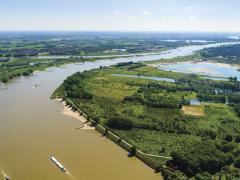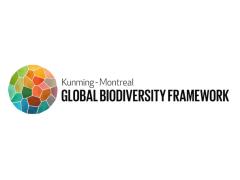Comparing three spatial modeling tools for assessing urban ecosystem services
Spatially explicit modeling is a key method to quantify ecosystem services in cities. We applied and compared three commonly used open-source ecosystem service modeling tools (InVEST, LUCI, Natural Capital Model) to quantify three key urban ecosystem services (air temperature reduction, flood protection and carbon storage) using the city of The Hague as a case study. We found similarities as well as systematic differences between the three modeling tools, which highlight the need for multi-model assessments.

Multi-model assessment
Spatially explicit environmental modeling is commonly used to support environment policy, planning and decision making. However, models are inherently uncertain, pointing at a need for model intercomparisons and multi-model approaches. Here we applied three ecosystem services modeling tools to quantify three urban ecosystem services and changes therein under two hypothetical scenarios representing reductions in the amount of urban green space. By comparing model outcomes, we identified and discussed key differences among models and corresponding implications for the outputs.
Differences in model structure and parameterization
We found mostly positive correlations between the model outcomes for a given ecosystem service. Yet, our comparison also identified significant differences in ecosystem service values among the models, particularly in the scenarios. These differences may stem from differences in model structure (differences in biophysical processes the models account for) and model parameterization (difference in the value used to quantify a given biophysical process). As a result, models show different degrees of sensitivity to changes in the amount of urban green space.
Future research implications
Based on our model evaluation, we recommend 1) to improve the representation of urban nature (e.g. green roofs, bioswales, gardens) and urban-specific conditions and processes (e.g. drainage systems, building patterns, soil characteristics) in urban ecosystem service models and 2) to systematically account for uncertainty in (urban) ecosystem services assessments (e.g., through multi-model assessments).
Authors
Specifications
- Publication title
- Comparing three spatial modeling tools for assessing urban ecosystem services
- Publication date
- 31 December 2022
- Publication type
- Article
- Page count
- 12
- Publication language
- English
- Magazine
- Ecosystem Services
- Issue
- 2023 (59) 101500
- Product number
- 4414




